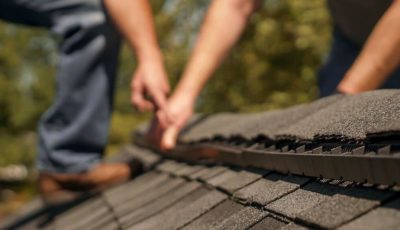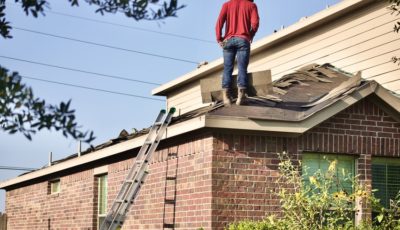How to Spot Problem Areas During a Home Roofing Inspection
Your roof is a crucial aspect of your home’s structural integrity. It’s the first line of defense against elements such as rain, wind, snow, and hail. A damaged roof can cause severe problems, such as leaks and water damage, which can lead to costly repairs. The best way to avoid these issues is to carry out regular inspections and identify any problem areas as soon as possible. In this post, we’ll explore how to spot problem areas during a home roofing inspection.
Look For Visible Damage
The first thing you can do when inspecting your roof is to look for visible signs of damage. Some indications of damage include missing shingles, cracked tiles, or curling shingles. It’s also essential to inspect for worn-out shingles or rusted metal roof sections. All these problems need immediate attention as they can lead to leaks that may cause significant damage to your home’s interior.

Check for Water Damage
Water damage on your ceiling or walls could indicate a roofing problem. If you notice water stains or discoloration, it might be time to investigate whether the problem is coming from the roof. Sometimes, water around your foundation could also indicate a roofing issue. If you see any of these signs, it’s essential to contact a roofing professional for repairs before the problem worsens.
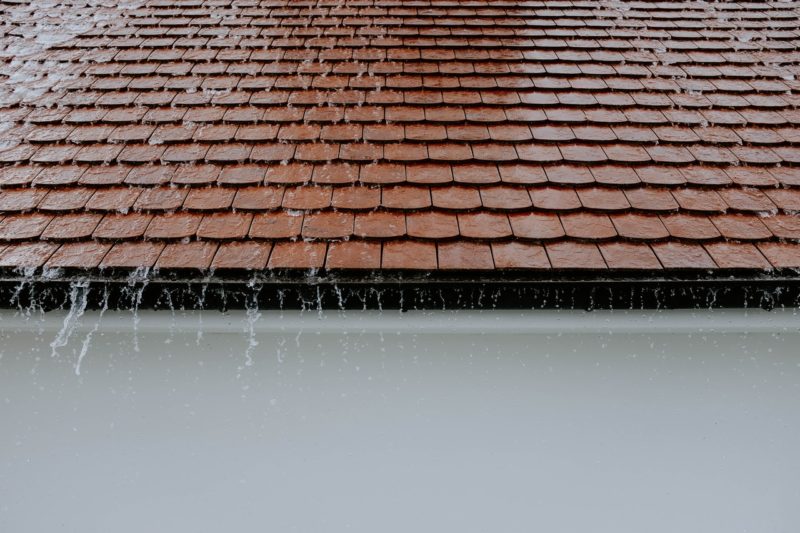
Inspect the Gutters
During your roof inspection, make sure to check the gutters for damage. If the gutters are clogged or damaged, water may overflow, leading to leaks in several areas. Also, make sure to inspect the downspouts for any blockages. A blocked spout can cause water buildup that is harmful and damaging to your roof.
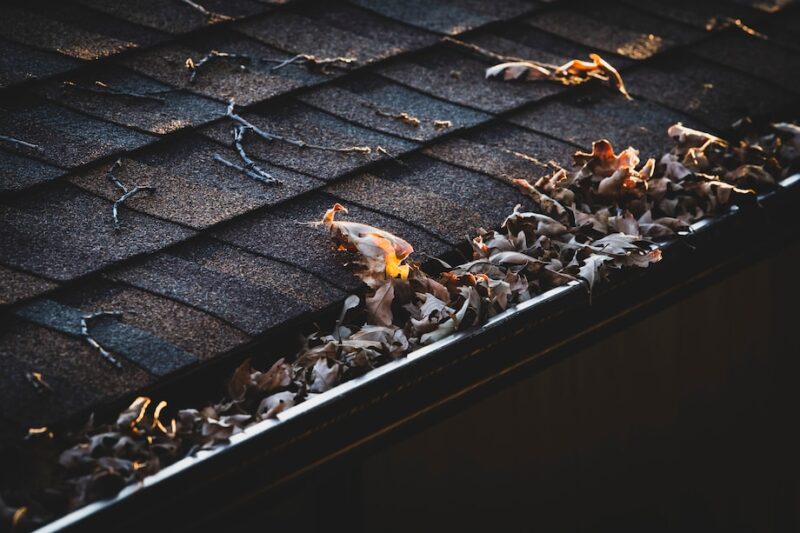
Check for Mold and Mildew
Another sign of a roofing problem is the presence of mold and mildew. These issues are common in damp areas where moisture can seep through the roof. A small patch of mold can quickly grow and spread, causing more damage. If you spot any mold or mildew, it’s time to call in a professional to have the issue resolved.
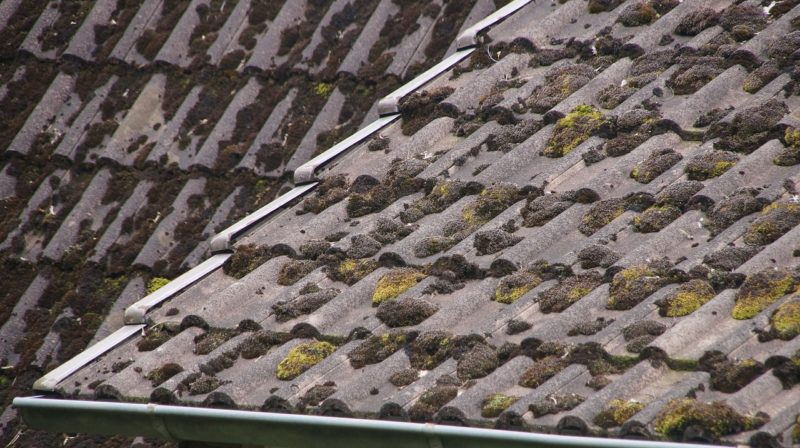
Check for Broken Seals and Flashing
The areas around chimneys, vents, and other roof penetrations are susceptible areas for leaks. Make sure to examine the flashing and seals around these areas for any damage or cracks. Broken seals or leaking flashing can cause severe damage to your roof and may result in significant repairs.
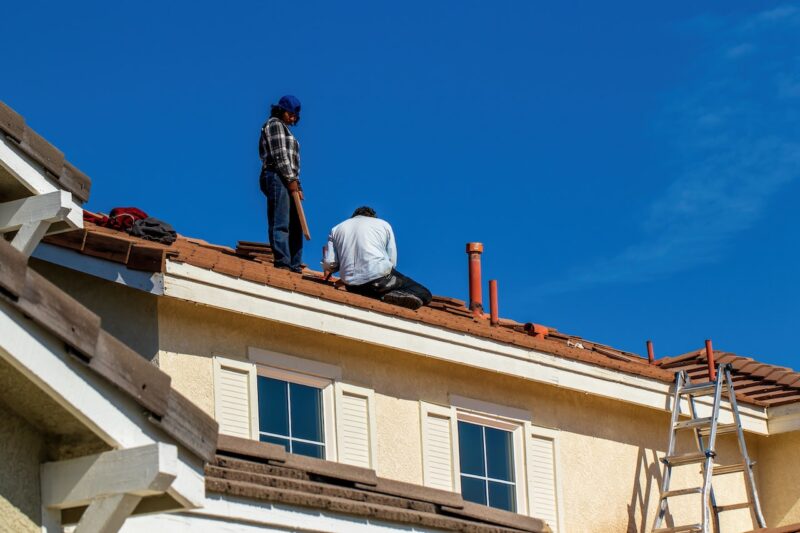
There you have it; five tips to help you spot problem areas during a home roofing inspection. Remember that roofing problems are best addressed as soon as they’re discovered to avoid costly repairs down the road. Don’t hesitate to call in a roofing professional like Iman Roofing if you need assistance in identifying problem areas or performing maintenance tasks. Maintaining your roof properly can not only protect your home but also extend the life of your roof.


